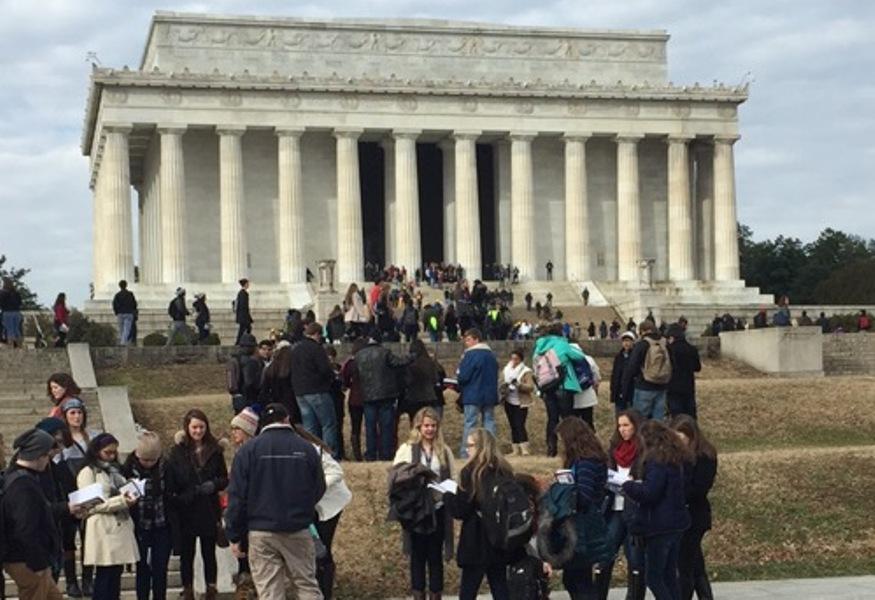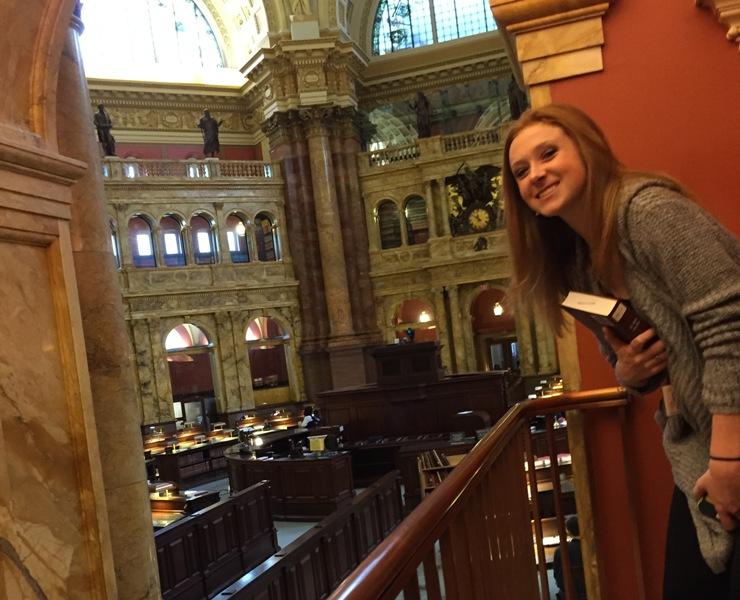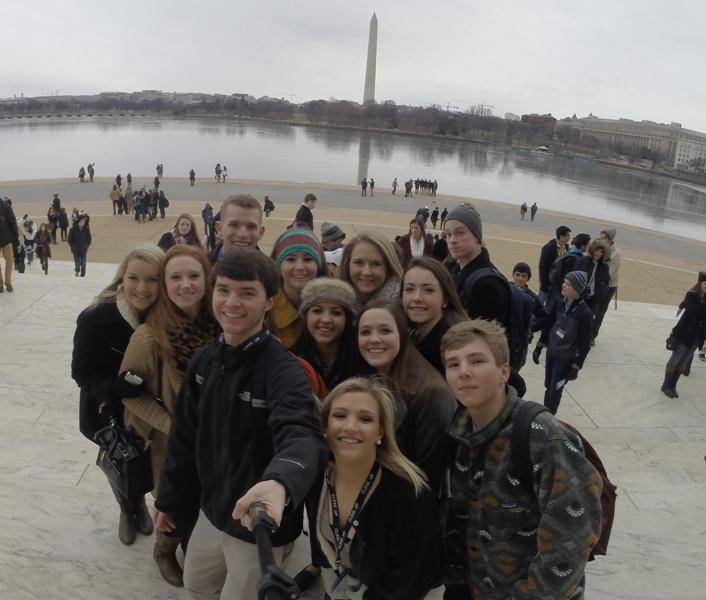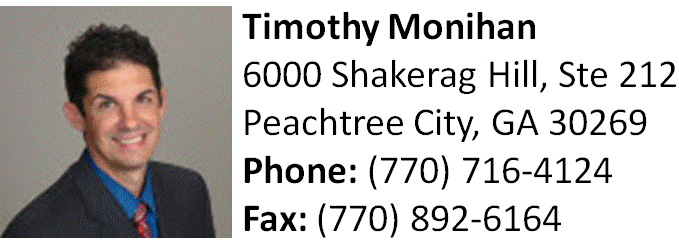Close Up: monuments, politics and a side of museums
Students stand on the steps of the Jefferson Memorial where the Washington Monument can be seen in the distance.
March 20, 2015
Government teachers Jon Gloer and Diane Ruane took 32 students to the nation’s capital for the annual Close Up Program. They spent a snowy, cold week in January learning how the government operates, viewing national monuments, and of course, sightseeing.
The Close Up Program is designed for high school students to see the government gears turning while getting a chance to discuss political issues with other students from around the country and to explore Washington, D.C.
“This year was my first year at Close Up,” said senior Emily Schofield, “and I really wish I had gone on the trip my sophomore and junior years because I got to meet so many new people from around the country and see national monuments.”
Gloer, who has been making this annual trek with his students for 30 years, noticed that many students felt the same as Schofield. “The main thing that Close Up does is try to make students better citizens and to teach them to take the information they learned and use it in their adult lives, and,” said Gloer, who paused for a moment, searching for the right words, “to have fun, of course.”
Gloer and Ruane’s students found themselves in groups with students from California, Texas, Florida, and Louisiana. They debated many issues, like the legalization of marijuana, racial profiling, and the death penalty, in small group sessions. “I loved being able to hear other students’ points-of-view on certain topics in our small groups,” Schofield said. “It sparked discussion and opened our eyes to new views based on peoples’ beliefs according to their demographics.”
Students also gathered to listen to debates between Kris Ullman, a former deputy associate attorney general in the Office of Legal Policy at the Department of Justice who worked briefly as the Senate liaison for The Heritage Foundation, and Bob Witeck, the president and founder of Witeck Communications. “I loved listening to the debate,” said senior Kurt Wenske because it heightened his interest in topics he previously didn’t know much about, like the rapidly growing national debt and some issues regarding the Keystone Pipeline.
Students arrived in D.C. two days prior to the start of the program, which gave them some free time to explore the city on their own. “Waking up at 4 a.m. on a Saturday to catch our flight was not ideal, but it was worth it to get those few extra days to see D.C.,” senior Liz Ann Barnett said.
Some students used that free time to visit the Holocaust Museum, Georgetown and the Newseum. Several went to see the movie everyone was raving about, “American Sniper.”
“A couple friends and I went to the Holocaust Museum,” senior Ansley Armagost said. “We were all laughing with each other on the way there, but on the way back, the taxi was dead silent. That’s how touching it was. The room full of prisoners’ shoes was the part that will stick with me forever.”
During the week-long program, all 240 students from the five attending states gathered in the lobby of The Hilton Hotel in Crystal City, Va., at 8 a.m., ready to board their respective buses to D.C., which was about a 10-minute ride.

Students gather on the steps of the Lincoln Memorial, after an informational tour, to discuss Lincolns life and accomplishments.
Students traveled in charter buses with the same groups every day, but once at their destinations, they split into two groups called “workshops” to explore the monuments and museums. Students visited the National Museum of American History, the World War II Memorial and the 9/11 Memorial.
“My favorite was the 9/11 Memorial outside the Pentagon,” Armagost said. “There was one ‘bench’ for every person on the flight that crashed into the Pentagon. There was even one built for a 3-year-old, and that really touched everyone around us.”
The rest of the week was a mixture between sightseeing and meetings with politicians. One day, students sat in on a discussion about the national debt from the Fix the Debt Campaign and learned the differences between how money is spent within the two main political parties. The Fix the Debt speakers explained these issues in seminars throughout the week and then asked students to work in their groups to try to figure out reasonable ways to deal with each problem.
Students donned their winter coats and braved the snow mid-week to spend the day on Capitol Hill. Here, students separated into groups according to their state and had a chance to meet with their state senators and representatives to ask questions involving pressing issues at home.
U.S. Rep. Lynn Westmoreland, who represents the voters in Fayette County, sat down with the students and answered many questions regarding immigration and the Affordable Care Act, commonly referred to by most Republicans as Obama Care.
The day’s schedule planned to give SMHS students the chance to speak with their newly elected state senator David Perdue on the steps of the Capitol, but the weather had other ideas. It started snowing, so Perdue just stopped by to say hello.
“It was definitely worth standing out in the snow because I got to meet David Perdue,” Wenske said. “Even though I didn’t get to speak with him, I at least got to take a picture.”

Senior Emily Schofield stands in an alcove inside the Library of Congress.
Gloer and Ruane encouraged their students to also consider visiting the Library of Congress or to take a tour of the Capitol in order to immerse themselves in the political atmosphere.
Schofield took their advise and made sure she saw the inside of the Library before leaving town. “Ever since I saw the movie ‘National Treasure,’ I’ve always wanted to see the inside of the Library, so I applied for a reader’s pass, which is required to enter. Now I can say I read some books in the Library of Congress.”
Although it has a hefty price tag, up to around $1,700, Close Up is something students may want to consider as an extension of their government classes. “Close Up is a program that is a learning experience for all high school students, but it is also a fun and exciting social environment,” Armagost said.





